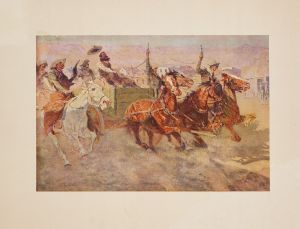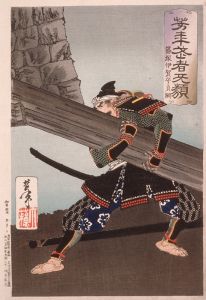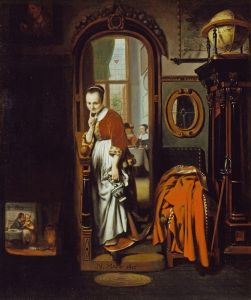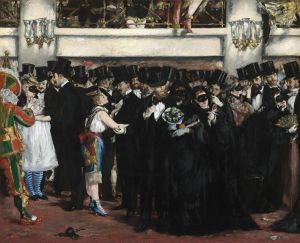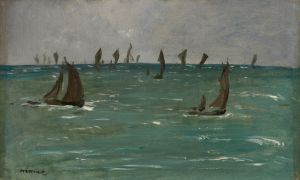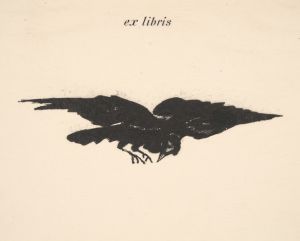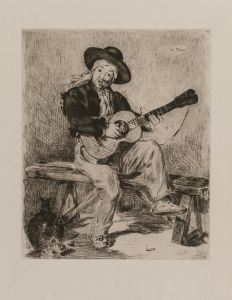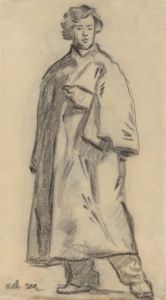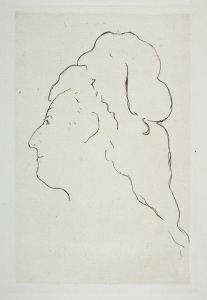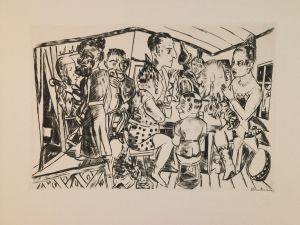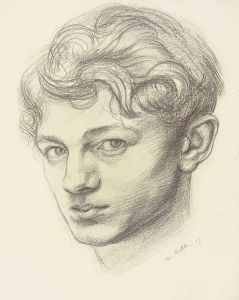
Rochefort’s Escape
A hand-painted replica of Édouard Manet’s masterpiece Rochefort’s Escape, meticulously crafted by professional artists to capture the true essence of the original. Each piece is created with museum-quality canvas and rare mineral pigments, carefully painted by experienced artists with delicate brushstrokes and rich, layered colors to perfectly recreate the texture of the original artwork. Unlike machine-printed reproductions, this hand-painted version brings the painting to life, infused with the artist’s emotions and skill in every stroke. Whether for personal collection or home decoration, it instantly elevates the artistic atmosphere of any space.
Édouard Manet's painting Rochefort’s Escape (Évasion de Rochefort) is an oil on canvas work created in 1880–1881. The painting depicts the dramatic escape of Victor Henri Rochefort, a French journalist, politician, and outspoken critic of the Second Empire under Napoleon III. Rochefort had been exiled to New Caledonia following his involvement in the Paris Commune of 1871, a radical socialist and revolutionary government that briefly ruled Paris. In 1874, Rochefort managed to escape from exile and return to Europe, an event that captured public attention and inspired Manet's work.
The painting shows a small boat navigating turbulent waters, with figures aboard representing Rochefort and his companions during their daring escape. Manet's use of loose brushwork and a muted color palette conveys the tension and danger of the scene, emphasizing the precariousness of their journey. The composition focuses on the figures in the boat, set against a dynamic seascape, highlighting the struggle against nature and the political oppression they sought to evade.
Manet, known for his interest in contemporary events and his ability to blend realism with impressionistic techniques, chose this subject as a reflection of his own political sympathies. He admired Rochefort's defiance of authoritarian rule and his commitment to freedom of expression. The painting is one of Manet's later works, created during a period when his health was declining due to complications from syphilis.
Rochefort’s Escape was not widely exhibited during Manet's lifetime. Today, it is considered an important example of his engagement with political themes and his ability to capture the human spirit in moments of adversity. The painting is held in the collection of the Kunsthaus Zürich in Switzerland, where it continues to be studied and appreciated for its historical and artistic significance.





